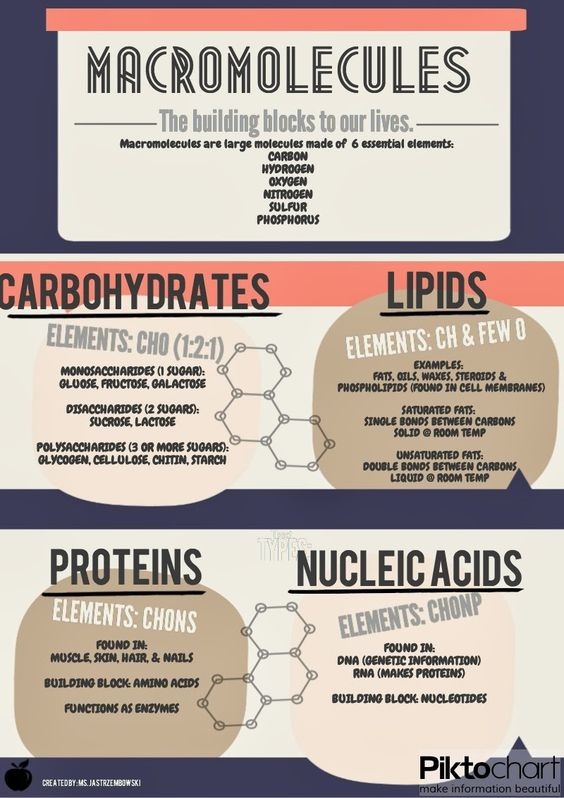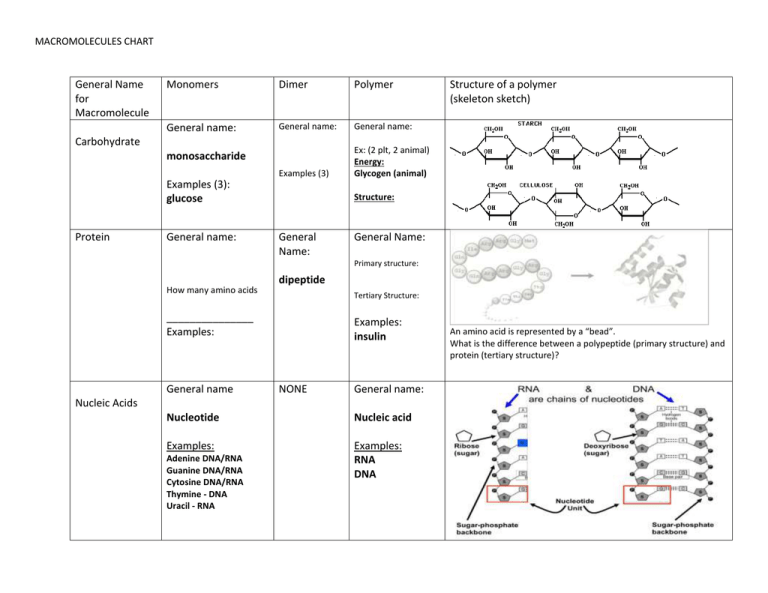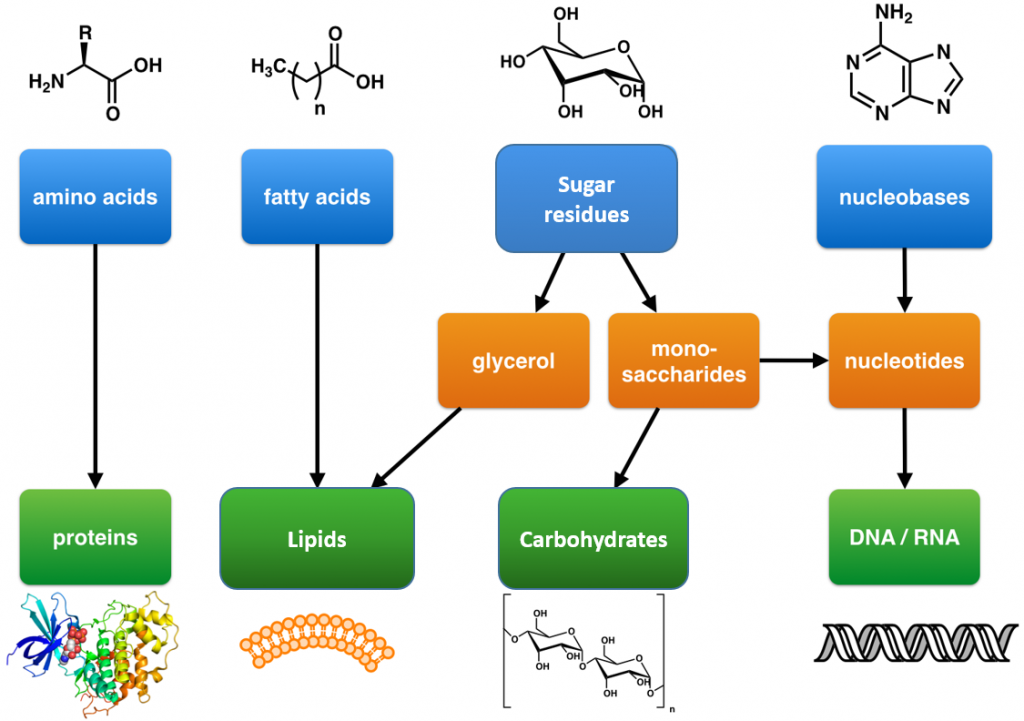
1b Intro to Macromolecules COMPLETE PDF Macromolecules Hydrolysis - Prepare a brochure or flyer that clearly and. You want the students you work with to understand the relationship between the four categories of biological macromolecules and the food they eat. The four macromolecules you will be required to know about for this course are carbohydrates, proteins , lipids and nucleic acids. Macromolecules are large structures made up of atoms. You should also read this: 2015 Subaru Impreza Brochure

Food macromolecules — Science Learning Hub - Chemical molecules important to biology (biological molecules) are sometimes called macromolecules because they are large (‘macro’ means large). Biological macromolecules are very large molecules created by the polymerization of small units called monomers. • these large macromolecules may consist of thousands of covalently bonded atoms, some with mass greater than 100,000. Prepare a brochure or flyer that clearly and. The. You should also read this: Hurricane Preparedness Brochure

Macromolecules - This activity includes a template (students copy anything that is in bold lettering onto a blank piece of white paper, and fill in the rest either with notes, reading the biology book, online research,. Proteins, lipids, carbohydrates, and nucleic acids. Macromolecules can be found in plastics, rubber, and diamonds. The four main macromolecules are nucleic acids, proteins, carbohydrates, and lipids.. You should also read this: Stop Smoking Brochure

Organic Compounds (Macromolecules) PHHS Biology - Proteins, lipids, carbohydrates, and nucleic acids. Chemical molecules important to biology (biological molecules) are sometimes called macromolecules because they are large (‘macro’ means large). Prepare a brochure or flyer that clearly and. Then we’ll examine the structure and function of all four classes of large biological molecules: Understand how carbohydrates are used in plants and animals as structural molecules. You should also read this: Crown Signia Brochure

Macromolecules Chart Structure and Components - This activity includes a template (students copy anything that is in bold lettering onto a blank piece of white paper, and fill in the rest either with notes, reading the biology book, online research,. _____ macromolecules brochure project directions: The four main macromolecules are nucleic acids, proteins, carbohydrates, and lipids. Each of these four has their own unique chemical structure. You should also read this: Healthy Food Brochure

Macromolecules Definition, Types, Examples - Macromolecules are large structures made up of atoms and smaller molecular structures. Biological macromolecules are very large molecules created by the polymerization of small units called monomers. Carbohydrates, lipids, proteins, and nucleic acids. Proteins, lipids, carbohydrates, and nucleic acids. Explore the essential roles and structures of carbohydrates, proteins, lipids, and nucleic acids in metabolism and nutrition. You should also read this: Mutual Of Omaha Long-term Care Insurance Brochure

Science Rendezvous » Candy DNA Exploring Biological Macromolecules - The pamphlet has 6 sides/pages and needs to contain the. Essential to all living organisms, macromolecules. Biological macromolecules are very large molecules created by the polymerization of small units called monomers. _____ macromolecules brochure project directions: There are 4 major biological macromolecules: You should also read this: Kia Forte Brochure

Macromolecules Poster Pack Macromolecules, Biology classroom, Middle - Essential to all living organisms, macromolecules. Macromolecules are large structures made up of atoms and smaller molecular structures. Then we’ll examine the structure and function of all four classes of large biological molecules: In this chapter, we’ll first consider how macromolecules are built. Prepare a brochure or flyer that clearly and. You should also read this: 2018 Santa Fe Sport Brochure

What Are The Different Macromolecules - Chemical molecules important to biology (biological molecules) are sometimes called macromolecules because they are large (‘macro’ means large). Each of these four has their own unique chemical structure and their own specific function. This activity includes a template (students copy anything that is in bold lettering onto a blank piece of white paper, and fill in the rest either with. You should also read this: 2018 Range Rover Brochure

CH103 Chapter 8 The Major Macromolecules Chemistry - The four macromolecules you will be required to know about for this course are carbohydrates, proteins , lipids and nucleic acids. Essential to all living organisms, macromolecules. Understand how carbohydrates are used in plants and animals as structural molecules. With a blank piece of white paper, you will create a brochure outlining what you. Each of these four has their. You should also read this: Pediatric Dentist Brochure